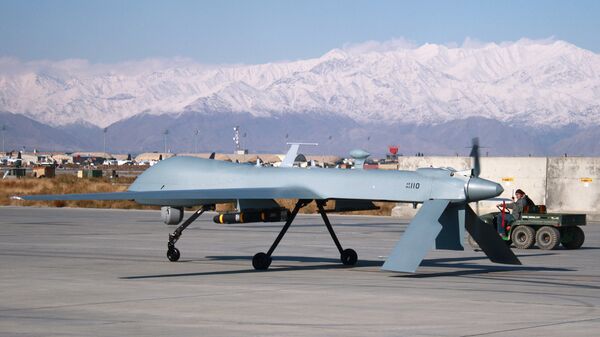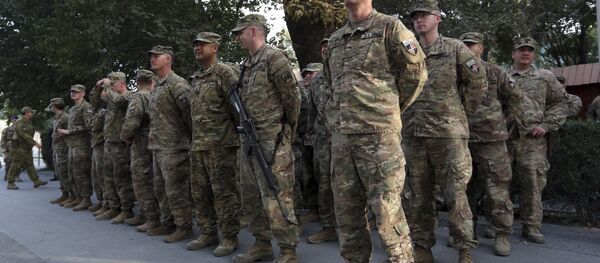Haji Ullah Gol Mujahid, a military expert and member of the Afghan parliament from Kabul province, pointed out that more strikes are unlikely to improve the situation in the country. He stressed that the US military has been responsible for numerous civilian casualties and the situation will worsen if the CIA expands its covert drone strikes in Afghanistan.
"The Americans do not respect the people of Afghanistan. They are bombing our homes and even wedding ceremonies. No one in Afghanistan wants a foreign, especially American, presence," the expert told Sputnik Afghanistan.
At the same time, other experts believe that the expansion of CIA operations in Afghanistan will not result in an increased number of casualties among civilians.
"If those operations are carried out accurately and in a coordinated manner they would be unlikely to result in civilian casualties," political commentator Abbas Ferassu said.
Mohammad Wahid Gharwal, chair of the Journalism Department at Kabul University, also noted that only the appropriate and efficient use of drones in such operations could guarantee the safety of civilians.
As for the proposed plan to expand CIA strikes, Ahmadzai expressed confidence that they would not be directed against civilians.
"Their goal will be to destroy terrorist hotbeds in the border areas and in Pakistan," he said.
A recent report by the Bureau of Investigative Journalism revealed that US airstrikes in Afghanistan have doubled since President Donald Trump assumed office.
Since early 2017, the US Air Force has launched a total of 2,353 airstrikes across Afghanistan, compared to 1,072 strikes in 2016. The bureau also cited 1,984 missiles and bombs that the US Air Force dropped in Afghanistan in 2017, "nearly three times the number it had released the same time last year."
Clue was in the numbers #airstrikes graph said @realDonaldTrump escalating Afghanistan war before 4,000 troops boost https://t.co/6odoEqaIaD pic.twitter.com/WxBvNmTMy9
— The Bureau (@TBIJ) 22 августа 2017 г.
Meanwhile, the United Nations Assistance Mission in Afghanistan (UNAMA) registered a 43-percent increase in civilian casualties from aerial operations during the first six months of this year compared to the same period in 2016; 95 people were killed and 137 more injured in these operations, according to UNAMA.
On August 21, Trump announced a new US strategy for Afghanistan. He explicitly scrapped the avowed nation-building goals of previous presidents George W. Bush and Barack Obama, and vowed to fight the terrorists. To that end, he pledged to increase US troop levels in Afghanistan though would not disclose any numbers. The US president also said that he would give his military commanders the free rein to wage war more rapidly and ruthlessly in order to destroy alleged terrorist targets.



